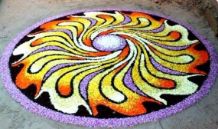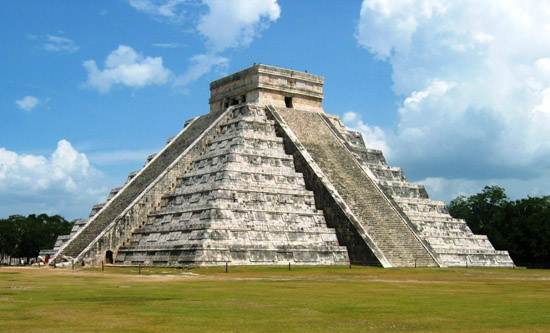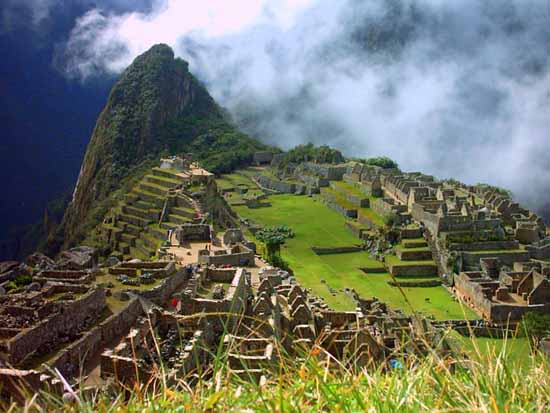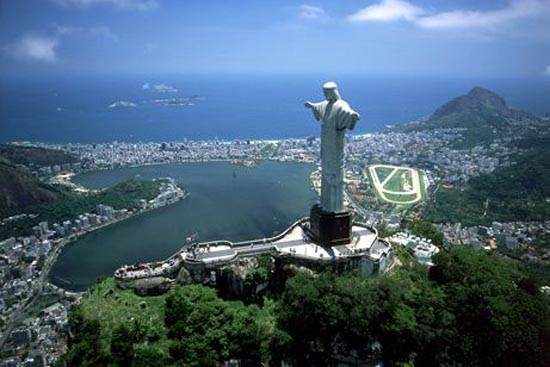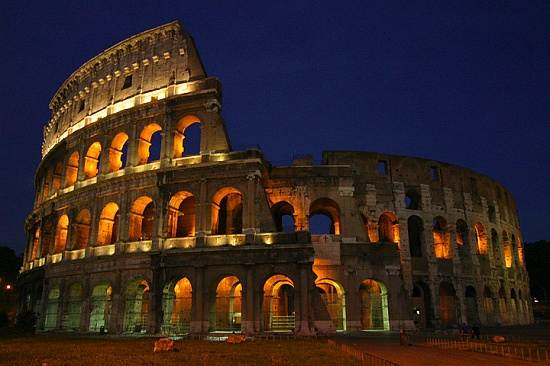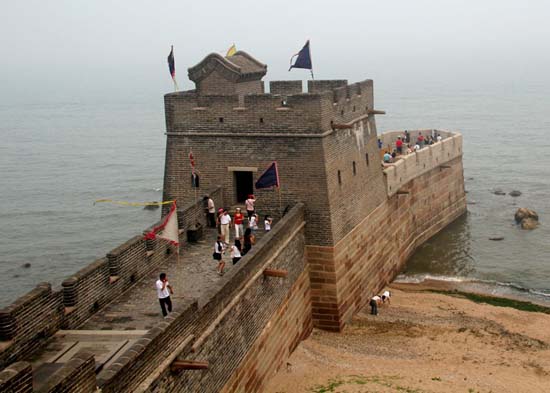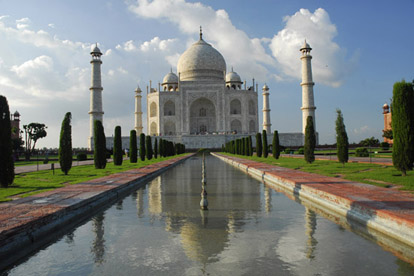Petra, a must-see destination in Jordan, is a true natural wonder that captivates the heart, soul, and mind. Situated in the Arab world, this archaeological marvel holds great significance and is considered one of the most important historical sites in the region. It recently earned the esteemed title of being one of the Seven Wonders of the World, securing second place in an international competition.
This ancient city, often referred to as the “Rose City” due to its stunning rose-red rock formations, is a testament to the rich heritage and culture of an ancient world. Dating back to before 106 AD, Petra is a lost city of stone, entirely carved into the rock, showcasing the exceptional architectural prowess of its creators. The sheer size and complexity of the structures found here are beyond imagination.
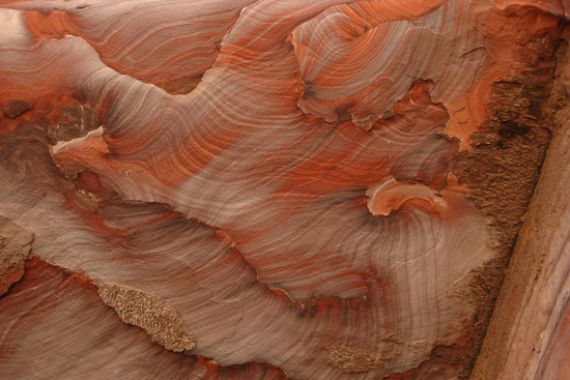
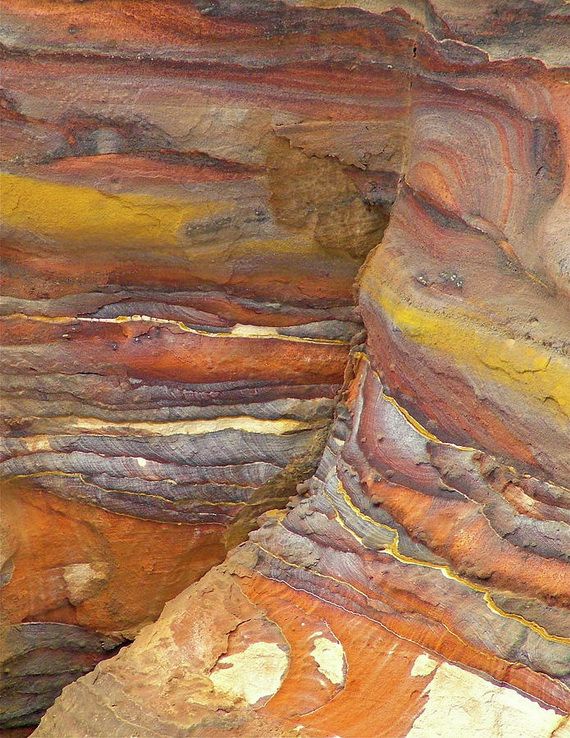
MOST BEAUTIFUL ROCKS EVER
When you step into Petra, you’ll be transported to a different world, filled with mystery and beauty. The marbled colors of the rocks, blending reds, yellows, greens, and whites, create a mesmerizing sight that adds to the splendor of this historical gem.
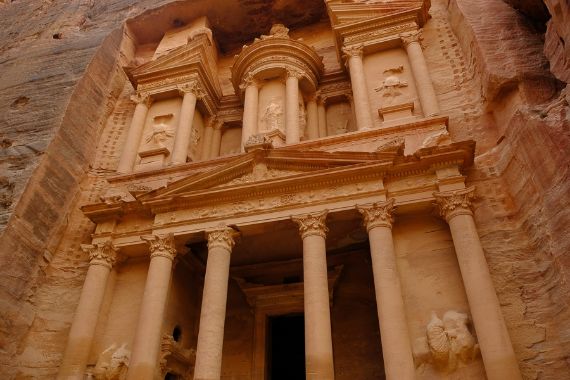
The Siq
When visitors arrive at the site today, they will embark on the same route that traders and visitors have taken since the inception of Petra. This route is a meandering gorge known as the Siq, which serves as an introduction to the wonders that lie ahead. The Siq, meaning “the shaft,” spans three-quarters of a mile and creates a sense of anticipation for the magnificent sights that await. Along the path, various embellishments can be found, including a carved camel and niches that once housed Baetylus sculptures, representing deities. While the journey to reach the main attractions may seem long, the experience is undoubtedly rewarding. Soon enough, the first glimpse of Petra’s famous architecture will come into view.
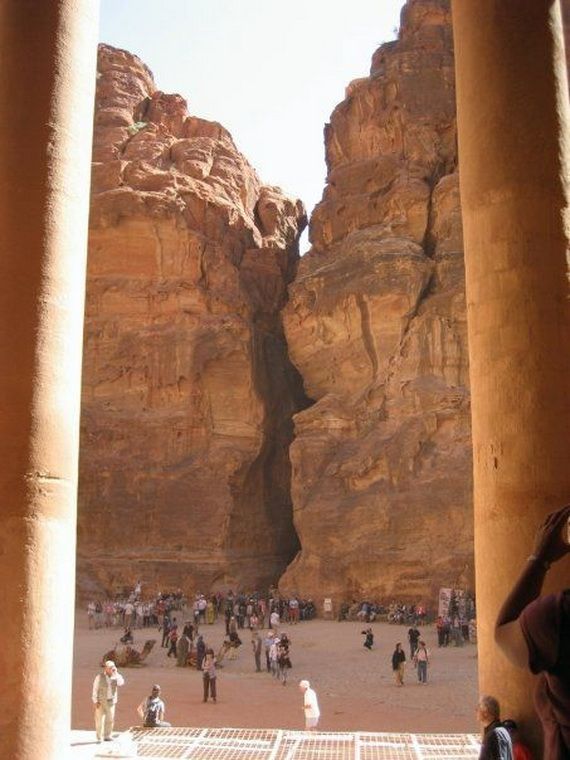
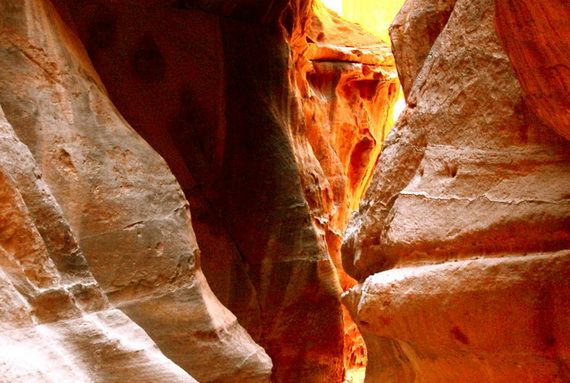
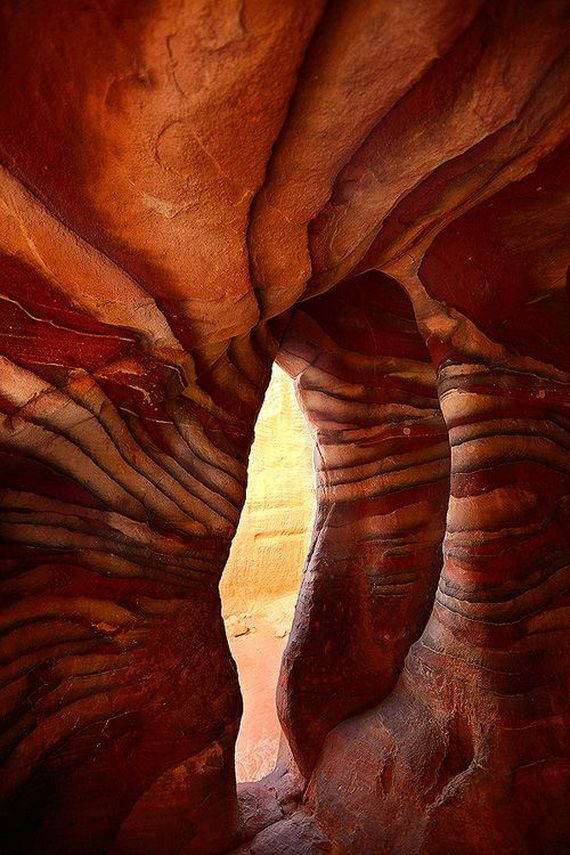
The Siq offers numerous entry points into Petra, but they are rarely straightforward. If the valleys are sealed off, gaining access becomes nearly impossible. The main entrance, known as the Siq, presents a challenging passage—a lengthy and narrow path amidst mountains, stretching over 1,216 meters and measuring around five meters in width. The lighting is inadequate, and the cool atmosphere adds to the ambiance. The sides of the Siq tower as high as 200 meters (650 feet), appearing as though they were formed by an earthquake. Walking through the Siq takes approximately half an hour, allowing visitors to appreciate the intricate details of the red-colored veins of sand on both sides.
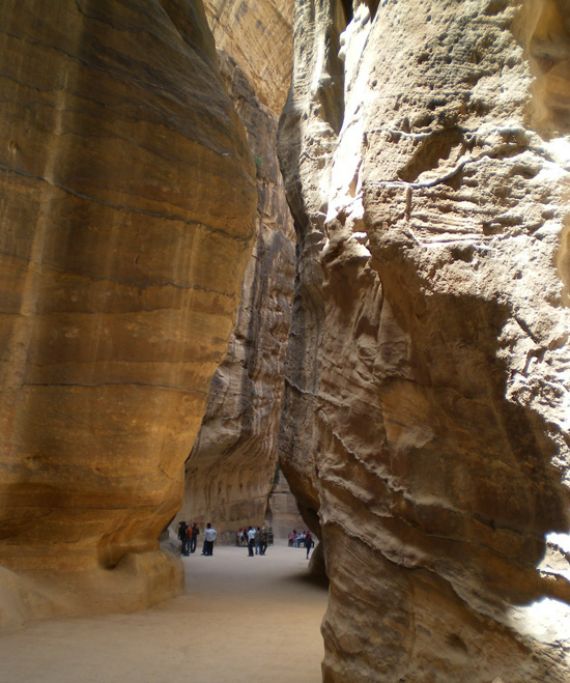
The Rediscovery of Petra
In the midst of towering red rock formations, a maze-like pathway transports you back to ancient times, where traders once traversed through the rugged terrain. These hidden paths concealed the grandeur of Petra, unknown to Western world travelers until 1812 when Johann Ludwig Burckhardt cunningly convinced his Bedouin guides to lead him there. Without their guidance, navigating the cliffs and flat plains would render it nearly impossible to find this remarkable site.
Petra, a once-thriving city, had been abandoned since the 8th century CE, remaining veiled from the Western world for over a millennium. However, in the 19th century, the rediscovery of Petra took place through the endeavors of Johann Ludwig Burckhardt, a Swiss explorer.
Burckhardt’s expedition began as he embarked on a journey to Syria to refine his Arabic skills. Along the way, he learned of a German explorer who had met his demise while in search of the lost city of Petra. Determined to succeed where others had failed, Burckhardt assumed the identity of Sheikh Ibrahim Ibn Abdallah, disguising his true intentions, and assimilated himself into the local society. After spending several years in Aleppo, he felt ready to continue his quest, making his way to Cairo in hopes of stumbling upon the ruins.
While traversing Jordan en route to Aqaba, Burckhardt encountered whispers of ancient ruins in the vicinity, aligning with the information he had gathered about Petra. Seizing the opportunity, he concocted a plan, pretending he needed to perform a goat sacrifice, and convinced his local guide to lead him to the tombs where this ritual could take place. This decision led him through the Siq, a narrow gorge, and in 1812, he became the first Westerner in centuries to set eyes upon the awe-inspiring city of Petra.
In his book chronicling his travels, Burckhardt vividly described the astonishing sight of a revealed mausoleum. The journey to reach it entailed navigating a dark and almost subterranean passage for nearly thirty minutes. Supported by accounts from various authors mentioned in Reland’s Palastina, Burckhardt believed that these ruins in Wady Mousa were most likely the ancient city of Petra. Of particular significance was the mention of the tomb of Aaron near Petra by Eusebius. Based on the information he had gathered, Burckhardt was convinced that no other notable ruins existed between the Dead Sea and the Red Sea that could correspond to the fabled city.
Following Burckhardt’s momentous discovery, hordes of Western explorers flocked to Petra to document its structures and study its architecture. Their efforts contributed to the global recognition and appreciation for the magnificence of this ancient city.
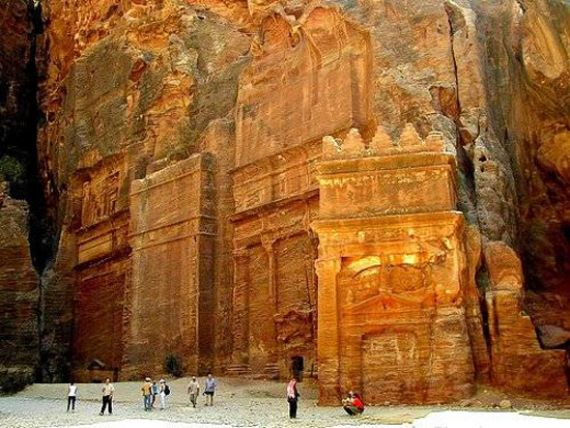
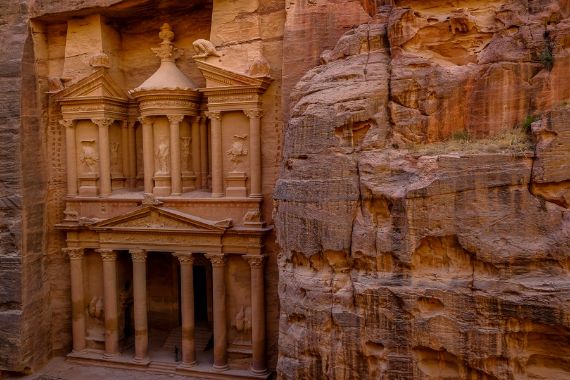
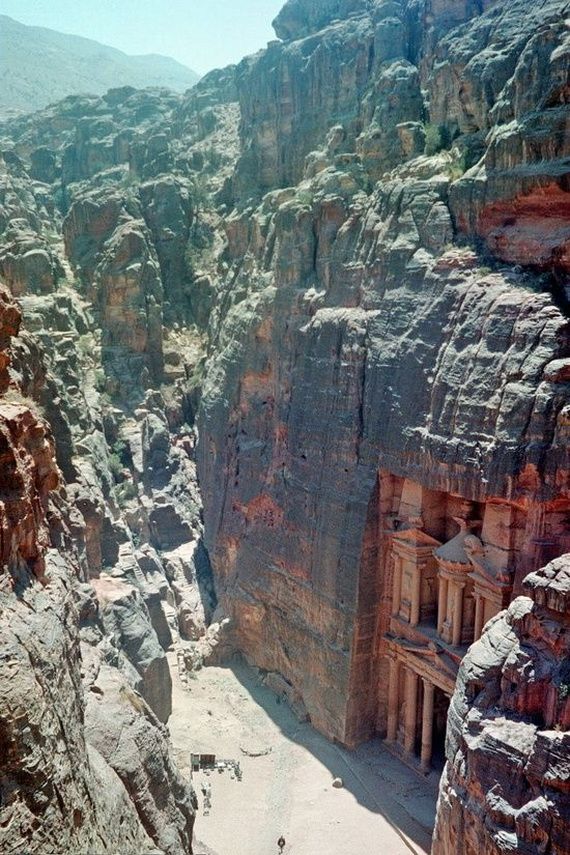
Want to know more about Petra? … The Nabataeans
The Nabataeans, an ancient nomadic Bedouin tribe, settled in the region that would later become Petra during the 2nd to 4th centuries BCE. Initially called Raqmu, Petra served as their capital and thrived as a vibrant trading hub connecting different parts of the ancient world. This flourishing city, situated between the Red Sea and the Dead Sea, facilitated trade routes linking the Mediterranean, Arabian Sea, Egypt, Syria, and even Greece. The Nabataeans excelled in commerce, trading valuable commodities such as Arabian incense, Chinese silk, and Indian spices.
One remarkable aspect of the Nabataean civilization was their ability to disappear into the cleft rocks, which provided natural fortifications for Petra, protecting it from conquest for many centuries. Additionally, their ingenious water system supported a sizable population in an arid region. The Nabataeans’ influence extended over a vast area, spanning from present-day Israel and Jordan to the northern Arabian Peninsula. Evidence of their advanced engineering, particularly their innovative water and irrigation systems, can still be found throughout this region.
In 63 BCE, the Romans arrived in Petra and conquered the Nabataeans, marking a significant turning point in the city’s history. With Roman rule, Petra’s prominence as a trading center gradually declined. The city faced frequent earthquakes, and its commercial importance waned further as sea trade routes became more favorable. Without its economic vitality, Petra lost its appeal, and the Nabataeans eventually ceased to resist the harsh desert conditions.
Petra, founded by the mobile Nabataean tribe between the 2nd and 4th centuries BCE, served as their capital and represented their rise to power and prosperity. The Nabataeans controlled a vital trade network connecting different parts of the ancient world, which influenced their culture and religion through exposure to various Mediterranean and Arab civilizations.
Petra’s significance lies in its portrayal of the wealth and influence of the Nabataean civilization. With a population of around 30,000 residents at its height, the city’s strategic location made it difficult to conquer. Even after being absorbed into the Roman Empire, Petra continued to expand, displaying Roman architectural influences.
Following its integration into the Roman kingdom in 106 CE, the Nabataean realm enjoyed continued prosperity for several centuries. However, for reasons that remain unclear, the kingdom eventually declined, and its lands were divided among various Arab kingdoms.
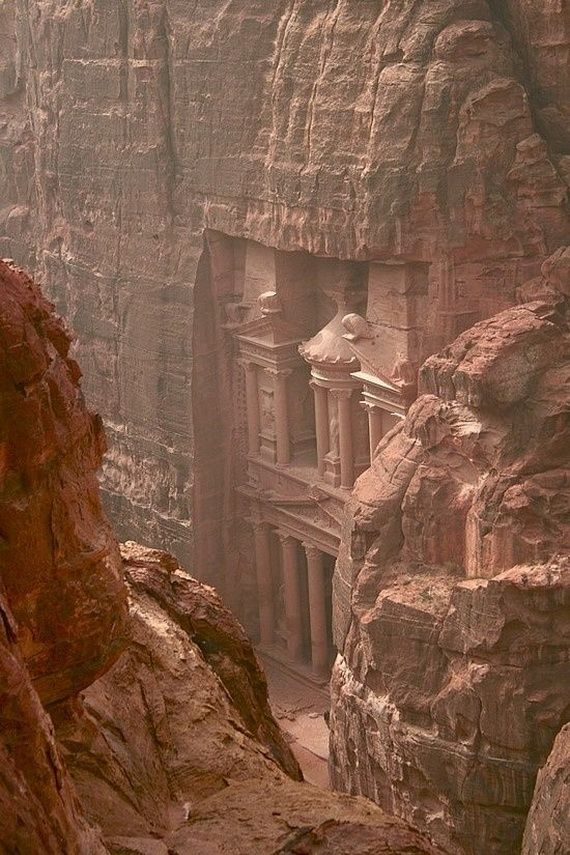
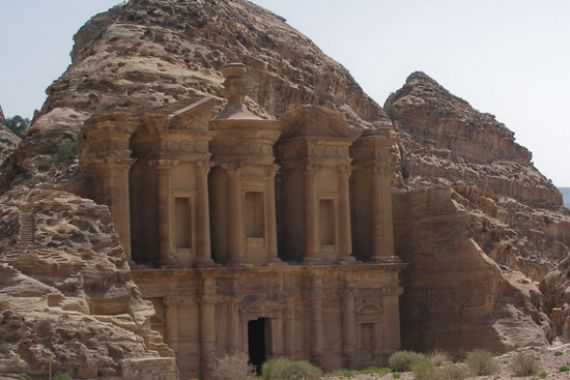
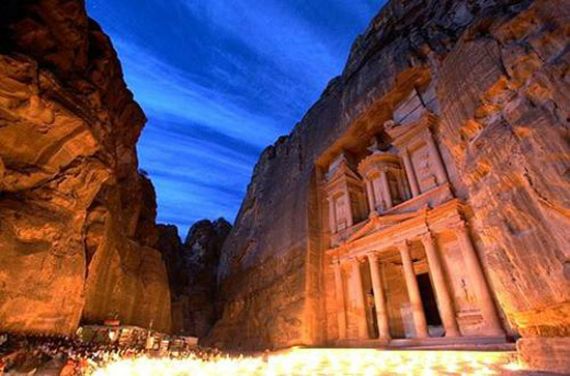
Al Khazneh
Al Khazneh, also known as the Treasury, stands proudly as one of the most iconic and alluring structures in Petra. Carved into the vibrant red sandstone rock, it impressively reaches a height of 127 feet and spans about 82 feet in width. Positioned at the main entrance of Petra through the Siq, its significance is further accentuated by the intricate adornments that embellish its facade. With elaborate decorations reminiscent of Hellenistic style, featuring floral and figurative elements, as well as architectural elements like columns and pediments reminiscent of ancient Greek temples, the Treasury is a remarkable sight to behold.
Contrary to its common name, the Treasury is, in fact, a tomb. Positioned at such a prominent location, archaeologists believe it likely served as the final resting place for a Nabataean king or queen. However, despite extensive research, the exact construction date and the identity of the tomb’s occupant remain elusive, as no coins or pottery have been discovered to provide definitive answers. Nevertheless, historians speculate that King Aretas IV, who ruled from 9 BCE to 40 CE during a prosperous era for Petra, is a probable candidate for its occupant, given his significant impact on the city’s development and grand architectural projects.
Interestingly, the reason why Al Khazneh is commonly referred to as the Treasury instead of a tomb can be traced back to the early 20th century. At that time, the Bedouin people developed a belief that an Egyptian Pharaoh’s riches were hidden within an urn located on the Treasury’s second floor. Convinced of this notion, they even resorted to shooting at the urn in hopes of unlocking the supposed treasure. This legend spread, and the name “Treasury” became widely used, perpetuating the association with hidden riches. Furthermore, the Treasury’s allure captured the imagination of popular culture, featuring as the setting for the coveted Holy Grail in the movie “Indiana Jones and the Last Crusade.”
Today, countless visitors flock to Petra to marvel at its breathtaking architecture and to immerse themselves in the wonders of an ancient civilization that left an indelible mark on history. While the Treasury, or Al Khazneh, remains the most attractive and famous among the more than 800 carved tombs in Petra, the entire archaeological site continues to captivate travelers with its rich heritage and mystique.
Over the years, Petra has not only charmed tourists but also served as a captivating backdrop in various popular films like Indiana Jones and the Last Crusade, The Mummy Returns, and Aladdin, further immortalizing its unique archaeology in the hearts of people worldwide.
Overall, Petra’s enchanting beauty, combined with its historical and religious significance and stands as one of the most renowned archaeological sites globally, captivating visitors from around the world.
Visiting Petra is an unforgettable experience, allowing you to connect with ancient civilizations, appreciate remarkable architecture, and bask in the awe-inspiring beauty of this historic treasure.
However, it is worth noting that despite its fame, a mere five percent of the city has been unearthed, leaving behind a multitude of enigmatic secrets yet to be revealed.
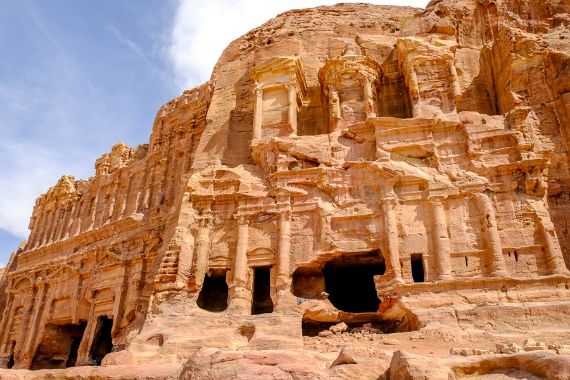

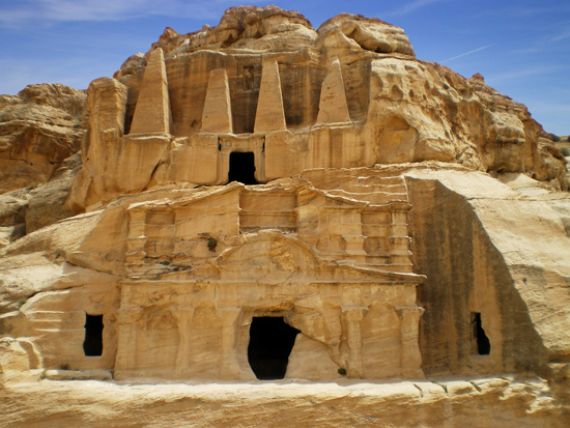
CONCLUSTION
Who built the ancient city of Petra?
The Nabataeans, an Arab culture that inhabited the area from the fourth century BCE to the second century CE, constructed the historic city of Petra. The Nabataeans were adept at building ornate structures, such as tombs, temples, and homes, inside the region’s rose-red sandstone cliffs.
Why Petra is called the lost city?
Petra is frequently called the “lost city” because the West mainly ignored it for a very long time. Local Bedouin groups were aware of the city’s existence, but until Johann Ludwig Burckhardt of Switzerland rediscovered it in 1812, neither the city’s location nor its grandeur were known to the general public. The city was referred to as a lost city since it had been forgotten and concealed from view.
What happened to the ancient city of Petra?
Over time, Petra’s significance diminished due to various factors, including shifts in trade routes and natural disasters. The city gradually fell into abandonment and decay. Moreover, a series of earthquakes during the fourth and fifth century CE caused significant damage to numerous structures. Consequently, Petra was ultimately forgotten and left deserted.
How old is the ancient city of Petra?
Determining the exact age of the ancient city of Petra is challenging. The city experienced its primary period of growth and prosperity when it served as the capital of the Nabataean Kingdom from the first to the second centuries BCE. However, settlements in the region can be traced back to the fourth century BCE. Hence, it is believed that Petra is approximately 2,000 years old.
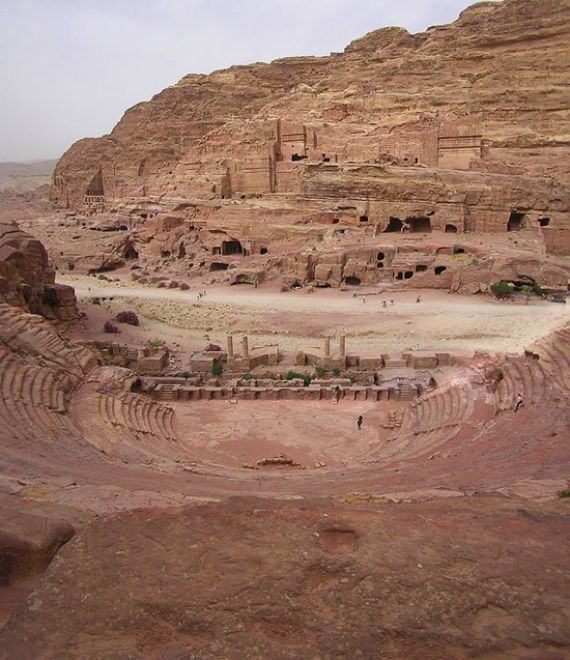
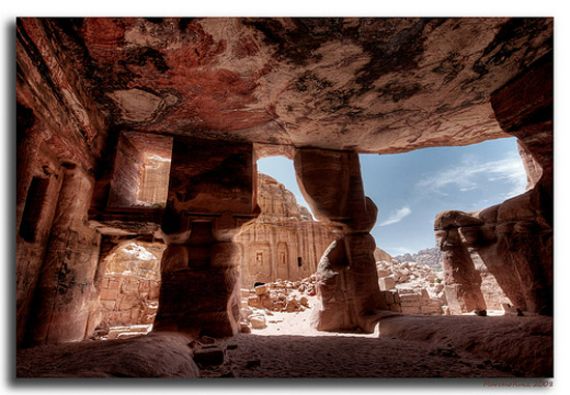
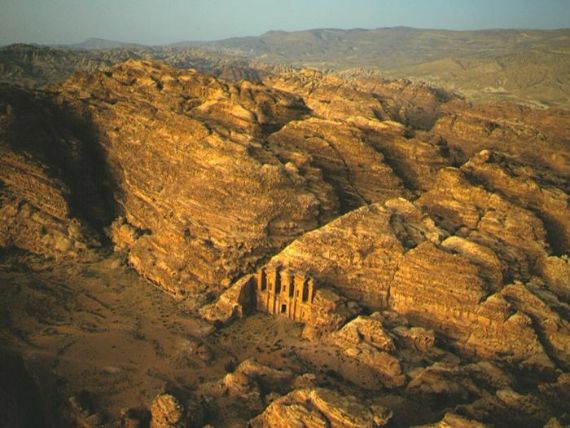
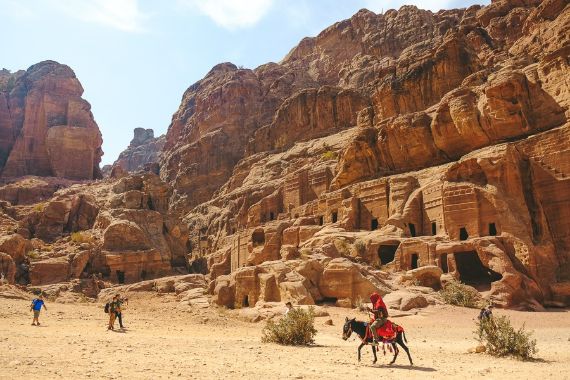
Believe it or not;
- Interestingly, some researchers are attempting to establish a connection between the Nabataeans, the people of Petra, and the Thamud, who are mentioned in the Quran. Several verses in the Holy Quran indicate this association. These verses include Surah Al-A’raf (7:74), which mentions the Nabataeans carving palaces out of the mountains and constructing dwellings in the plains. Surah Al-Hijr (15:82) also alludes to their ability to carve secure homes from the mountains, while Surah Ash-Shu’ara (26:149) mentions their skill in sculpting dwellings from the rocks.
- There is a belief among some that the individuals who carved the city of Petra were giants, standing twice the height of ordinary humans. This notion suggests that these colossal laborers, known as the ‘Ad’, possessed remarkable physical stature.













